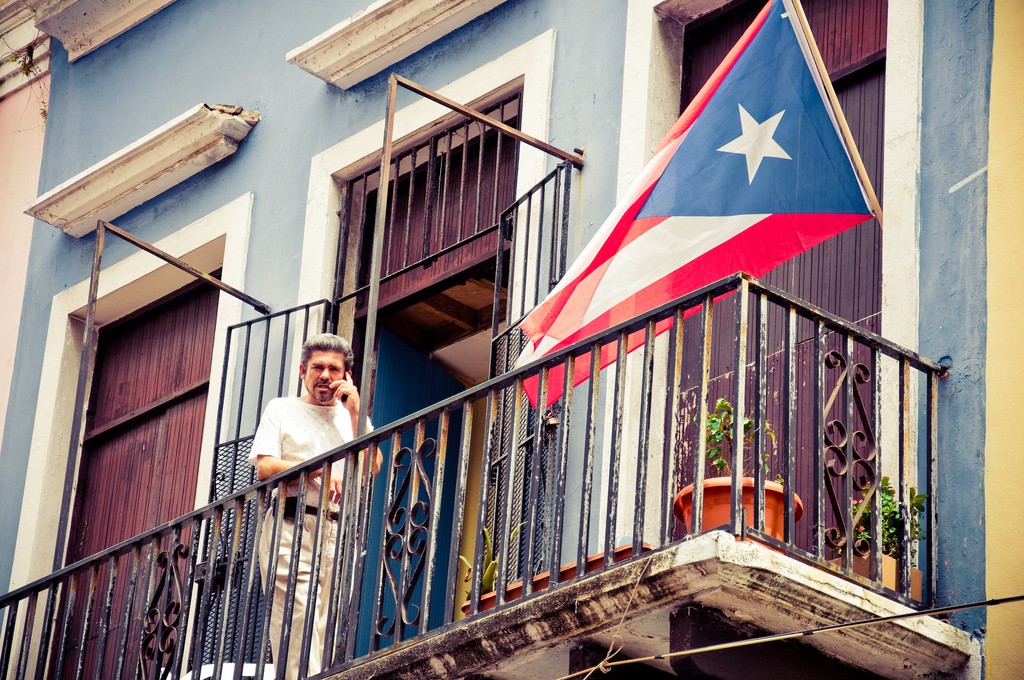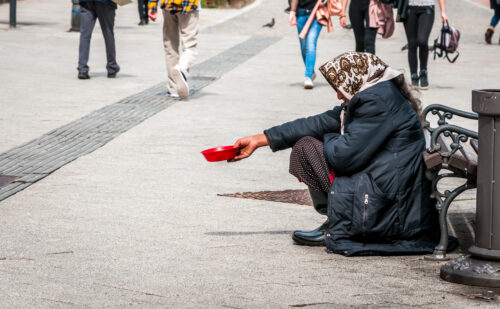Study suggests Puerto Rican households make charitable gifts at higher rate than those on US mainland
A recent study, Giving in Puerto Rico, suggests that Puerto Rican households make charitable gifts at a higher rate than households on the United States mainland.
The 44-page study, which was commissioned by the Flamboyan Foundation, the Indiana University Lilly Family School of Philanthropy, and the Kinesis Foundation, is in its own words “the first study of its kind to examine the charitable giving patterns, priorities, and attitudes of Puerto Rican households.”
And while the report aims to benefit nonprofit leaders seeking to approach Puerto Rican donors and Puerto Rican donors who can “use information in this report to benchmark their giving against similar households,” the results are interesting in themselves and raise questions about “informal” and “formal” charitable giving.
Some of its key findings:
- 74.9% of general population Puerto Rican households (those with an income of $150,000 or less) and 88.4% of high net worth Puerto Rican households report giving to charity. In the mainland United States, only 58.8% of general population American households (those with an income of $200,000 or less) report giving to charity, while among high net worth American households, reported giving is higher, at 98.4%.
- On average, general population Puerto Ricans give mostly to religious charitable causes, while high net worth Puerto Ricans give mostly to higher education; giving to “basic needs” causes (food, shelter, etc.) is high for both demographics.
- In general, Puerto Ricans report knowing less about the philanthropic sector than Americans; while 67% of general population Puerto Ricans considering themselves novices in their knowledge of the philanthropic sector, 72% of general population mainland Americans considering themselves knowledgeable.
- Puerto Ricans are much more likely to engage in informal giving, characterized as “giving with a charitable intent but not to a nonprofit organization. Examples of informal giving include giving to people directly, such as a family member, a stranger, or a neighbor in need.” This trend is high among all Puerto Ricans, with 71.1% of general population households and 73.7% of high net worth households reporting informal giving. Of general population households, 62.2% reported giving to strangers, 34.3% reported giving to neighbors, and 31.1% reported giving to friends. The most common forms of informal giving were cash, food, and clothing, while shelter and transportation were not uncommon.
- Giving vehicles, such as private foundations and donor-advised funds, are rarer in Puerto Rico, even among high net worth households.
- General population Puerto Ricans have a higher rate of volunteering than general population mainland Americans (38.6% and 33.7%, respectively), but high net worth Puerto Ricans volunteer less than high net worth mainland Americans (42.1% and 75.1%, respectively). Religious and youth organizations received the most volunteering time.
- The ongoing economic crisis in Puerto Rico is the top factor keeping Puerto Ricans from giving more, but a lack of knowledge about the nonprofit sector, a preference for giving informally, and a lack of trust in nonprofit organizations also keeps a substantial percentage of people from higher levels of formal giving (giving to nonprofit organizations).
The picture that emerges from this report is that Puerto Ricans are generous to those around them, willing to informally help strangers, neighbors, and friends who are in need. Though it is difficult to make sweeping conclusions based on one small survey (the sample size here didn’t exceed 1,000), the report’s conclusions seem to indicate that charitable giving may, on the whole, be understood differently among everyday Puerto Ricans than among everyday people in the mainland United States.
In the United States we have become very familiar with associating charitable giving with the nonprofit industry, thinking in terms of tax deductions, impact giving, and supporting causes and organizations (as opposed to individuals). In Puerto Rico, however, the informal needs of strangers, friends, and neighbors are seen as the target of charitable giving.
The report says as much, when it concludes that “these results suggest the need for nonprofits and the philanthropic community to develop strategies that aim to increase citizens’ awareness of the nonprofit sector” and that “nonprofits and interested stakeholders can help to induce more philanthropic behavior across Puerto Rican communities.” The authors of the report are hopeful that “education about how and why to give to nonprofits as opposed to informal giving, might also increase giving.”
The question that emerges is whether the report sees formal giving as preferable to informal. Does the former need to replace the latter, as the quote above suggests? Or should we seek to encourage—rather than transform—communities that value informal acts of charity between strangers, friends, and neighbors?
-----
Photo credit: Jorge Quinteros via Visual Hunt / CC BY-NC-ND






